Your living room's TV area is often the heart of family life, but it can hide serious dangers for curious babies and toddlers. These hazards, from unstable furniture to exposed wires, need careful attention to keep your little ones safe.
This guide covers essential safety measures based on recommendations from child safety experts. We'll walk through practical steps to prevent tip-overs, manage electrical cords, and eliminate choking risks around your TV stand.
Following these baby-proofing strategies, you can create a secure space that works for your home setup and grows with your child. A properly secured TV area gives you peace of mind while letting your little one explore their surroundings safely.
Assessing the Risks
Before you start baby-proofing your TV stand, take time to identify potential dangers. A thorough assessment helps you tackle the most pressing safety issues first.
Start by checking the stability of your TV stand. Give it a gentle shake to test if it's wobbly or likely to tip over. Your active toddler might try to climb or pull on it, so stability is important.
Look for these potential hazards:
- Sharp corners, hard edges, and unstable parts of the TV stand that could cause serious injuries when your child bumps into them or if the furniture tips over
- Small, loose objects around the entertainment area that could be choking hazards, including remote control batteries, decorative items, gaming pieces, and tiny toys
- Exposed electrical outlets and unsecured power cords near the TV stand that create risks of electric shock, tripping, or tempt your child to pull and chew on them
- Looped, long, or dangling cords from the TV, gaming consoles, and cable boxes that could wrap around your child's neck and pose strangulation risks
Your safety assessment serves as a roadmap for the next steps. Once you know what needs fixing, you can take specific actions to create a secure environment where your little one can safely explore.
Anchoring the TV Stand
When it comes to baby-proofing, mounting your TV stand to the wall should be at the top of your list. Children can be unpredictable climbers, and even stable-looking furniture can tip over without proper anchoring.
To properly anchor your TV stand:
- Install furniture anti-tip straps or L-brackets according to the manufacturer's guidelines. These should connect both the stand and the wall securely.
- Use proper furniture anchoring hardware - not regular screws. Always attach to wall studs for maximum support.
- Place heavier items on lower shelves to create a lower center of gravity and improve stability.
- Test the anchoring by gently pushing the stand from different angles. If you notice any wobbling, readjust the mounting hardware.

It's good practice to check your anchors monthly for any signs of loosening. Even if your TV stand feels heavy and stable, proper anchoring is essential. Children are unpredictable, and their safety depends on taking these precautions.
Related Reading: How to Secure Your TV to a Stand?
Securing Loose Objects
Your TV stand likely holds various items that can catch your child's attention. Remote controls, DVDs, and decorative pieces can become hazards if not properly secured.
Here are the essential steps to secure loose objects on your TV stand:
- Remove all small or hazardous objects from the TV stand. Any item that could fit in your child's mouth or break into dangerous pieces should be stored in a secure location out of reach.
- Use adhesive solutions for larger decorative items. Apply museum wax or removable putty to secure these items to the surface, preventing them from being knocked over or pulled down.
- Manage loose cables and wires properly. Install cable management tools to organize any cords from your TV or other devices, keeping them neat and inaccessible to your child.
- Establish a daily inspection routine. Check the TV stand each day for new items that may have been placed there or existing objects that might have become loose.
Make it a habit to check your TV stand daily for new hazards. Look for items that may have been left out or decorations that have come loose. While securing objects is important, teaching your child not to touch or pull items on the TV stand remains essential for their safety.
Installing Cable Management
Loose cables around your TV stand are a big safety risk for your child. Kids can trip over them, get tangled up, or even face electrical dangers. To keep your little one safe, you need to manage these cables properly. Let's look at how to do this:
- Organize and bundle cables: Start by gathering all the cables together. Use cable ties, Velcro straps, or flexible sleeves to keep them tidy. This makes them less tempting for your child to grab.
- Route cables away from reach: Guide wires along the back, underside, or legs of the TV stand. Use cable clips or adhesive hooks to secure them out of your child's reach.
- Secure power strips and outlets: Pay attention to nearby power strips and electrical outlets. Use child-proof outlet covers for exposed sockets. Consider surge protectors with safety features to prevent access or accidental unplugging.
- Use a cable management box: Hide excess cord lengths and bulky power adapters in a dedicated cable management box. This improves tidiness and further reduces the chance of your child playing with loose wires.
- Regularly inspect your setup: Make it a habit to check your cable management system often. Look for tangled, dislodged, or frayed cables. Replace any damaged cables right away to keep the area safe.

By installing and maintaining effective cable management, you'll create a much safer environment for your child around the TV stand.
Related Reading: How to Hide Cords Behind a TV Stand?
Blocking off Access
Creating an effective barrier around your TV stand adds an extra layer of protection for your curious little one. Here's how to do it:
- Remove hazardous items: Before setting up barriers, take away any breakable, fragile, or dangerous items from the TV stand. Put these on higher shelves or in secure storage to eliminate immediate risks.
- Install safety gates: Set up securely installed baby gates or safety gates to create a restricted zone around the TV stand. This works well for crawling babies or new walkers, keeping them physically away from the area.
- Rearrange furniture: Place sofas and armchairs to create natural barriers that guide your child away from the TV stand.
- Mark Boundaries with visual cues: Use colored tape or floor markers to show your child where it's safe to play and where they shouldn't go.
- Secure cabinets and drawers: If your TV stand has doors or drawers, install childproof latches or locks. This prevents your child from accessing potentially unsafe items inside, like electronics or small parts.
Remember, most blocking methods are temporary. You'll need to adjust them as your child develops better motor skills and understanding. Gradually change these barriers while teaching safe behavior around the TV stand.
Adult supervision is crucial, even with barriers in place. By using these strategies, you're creating a more secure, child-friendly space in your living area. However, always keep a watchful eye on your child to prevent unforeseen accidents.
Using Corner Guards
Sharp corners on TV stands pose a significant risk to your child's safety. Corner guards offer a simple yet effective solution to minimize this danger. Here's how to use them properly:
- Choose the right guards: Look for corner guards designed specifically for child safety and furniture use. Select soft, cushioned options made of foam or rubber that fit snugly on your TV stand's corners. These materials absorb impact well, providing better protection for your child.
- Prepare the surface: Before installation, clean each corner of your TV stand with a mild soap solution. Dry thoroughly with a clean cloth. This ensures better adhesion, helping the guards stay in place longer.
- Install the guards: Remove the adhesive backing from a guard and position it over a corner, covering the entire sharp edge. Press firmly for about 30 seconds to secure it. Repeat this process for all corners on your TV stand.
- Check the fit: After installation, gently tug each guard to verify its security. If a guard moves easily, remove and reapply it. You may need to clean the surface again or use a new guard if it won't stick properly.
While corner guards provide an excellent physical barrier, they shouldn't replace adult supervision. Always keep a watchful eye on your child when they're playing near the TV stand, as kids can be unpredictable and curious.
Make it a habit to regularly inspect the condition of your corner guards. Look for signs of wear, damage, or loosening, and promptly replace any guards that aren't in good shape to maintain a consistently safe environment for your child.

Cable and Electrical Safety
Cables and electrical components around your TV stand can be dangerous for your child. They might cause tripping, entanglement, or electrocution. Here's how to keep your little one safe:
- Secure all cables and cords out of reach using cable clips to fasten wires to the back of furniture. Install sturdy cable covers or cord concealers to hide exposed wiring, preventing your child from pulling, chewing, or tripping over loose cables.
- Install outlet covers on all accessible electrical outlets, choosing safety covers that are tough for small hands to remove but easy for adults to use. This prevents your child from inserting objects or fingers into outlets, protecting them from dangerous electrical shocks.
- Avoid overloading electrical outlets with too many devices, as this can lead to overheating and create fire hazards. Instead, use a power strip with a built-in surge protector for safer power distribution and to protect your devices from electrical surges.
- For any electrical cords that must run along floors or up walls, use appropriate cord clips or heavy-duty tape to secure them flat against surfaces.
- Child-proof accessible electronic appliances like gaming consoles or DVD players by keeping them out of easy reach and using available child lock features.
Regularly inspect all cables and cords for signs of damage, such as fraying, cracks, or exposed wires. If you find any issues, replace or repair the damaged cables immediately to prevent potential electrical hazards in your home.
As your child grows more curious, teach them about electrical safety. Explain the dangers of playing with cords and outlets, and encourage them to report any damaged electrical items they notice. This education helps keep them safe as they explore.
Conclusion
Baby-proofing your TV stand isn't a one-time task. It needs a multi-layered approach for the best protection. Remember, kids grow fast, so keep checking your safety measures often.
By following these tips, you'll make your home much safer for your little one to explore and grow. Stay alert, and keep adapting your methods as your child develops. Your efforts will pay off in peace of mind and a safer space for your family.



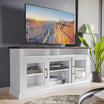
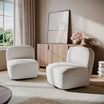
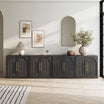
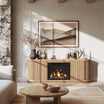



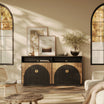
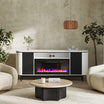
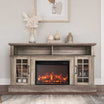
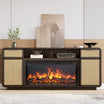
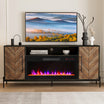
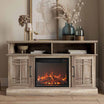
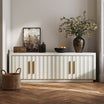
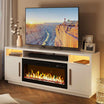
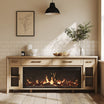
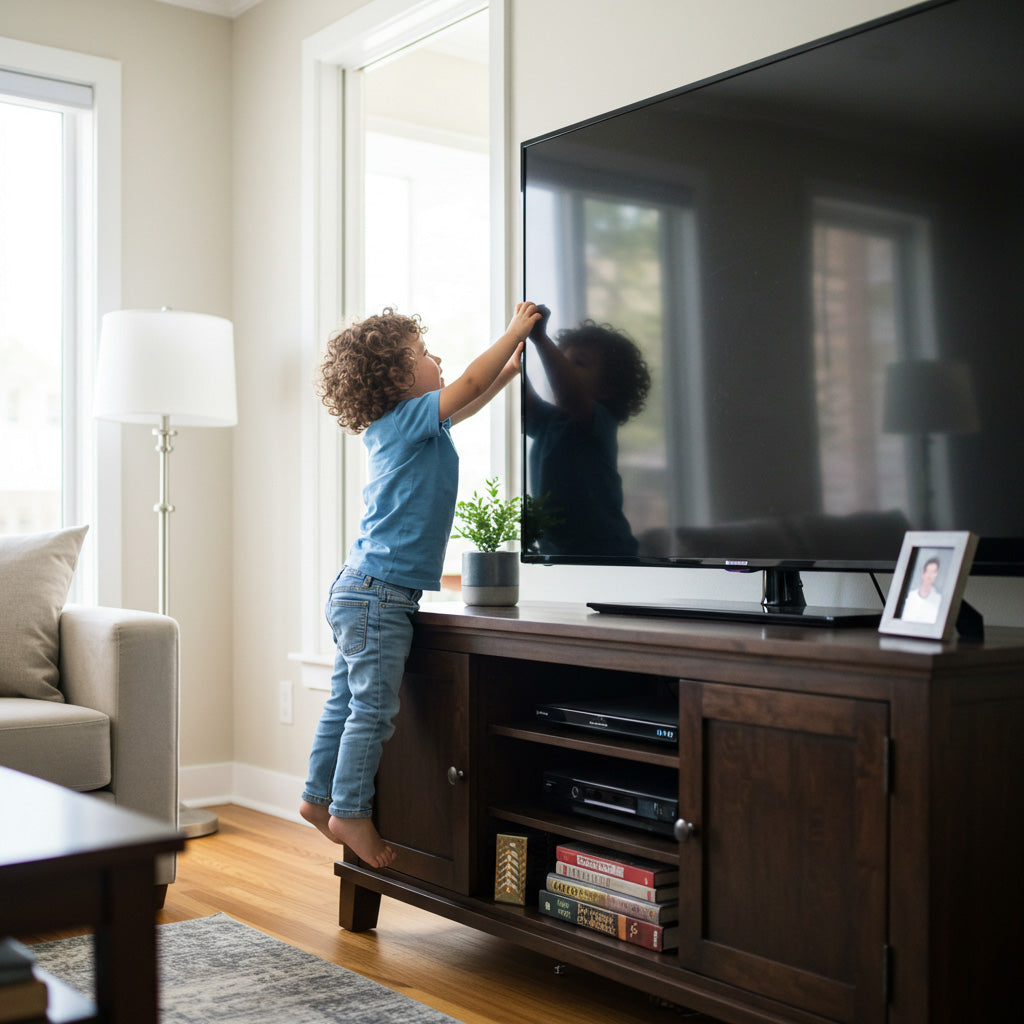
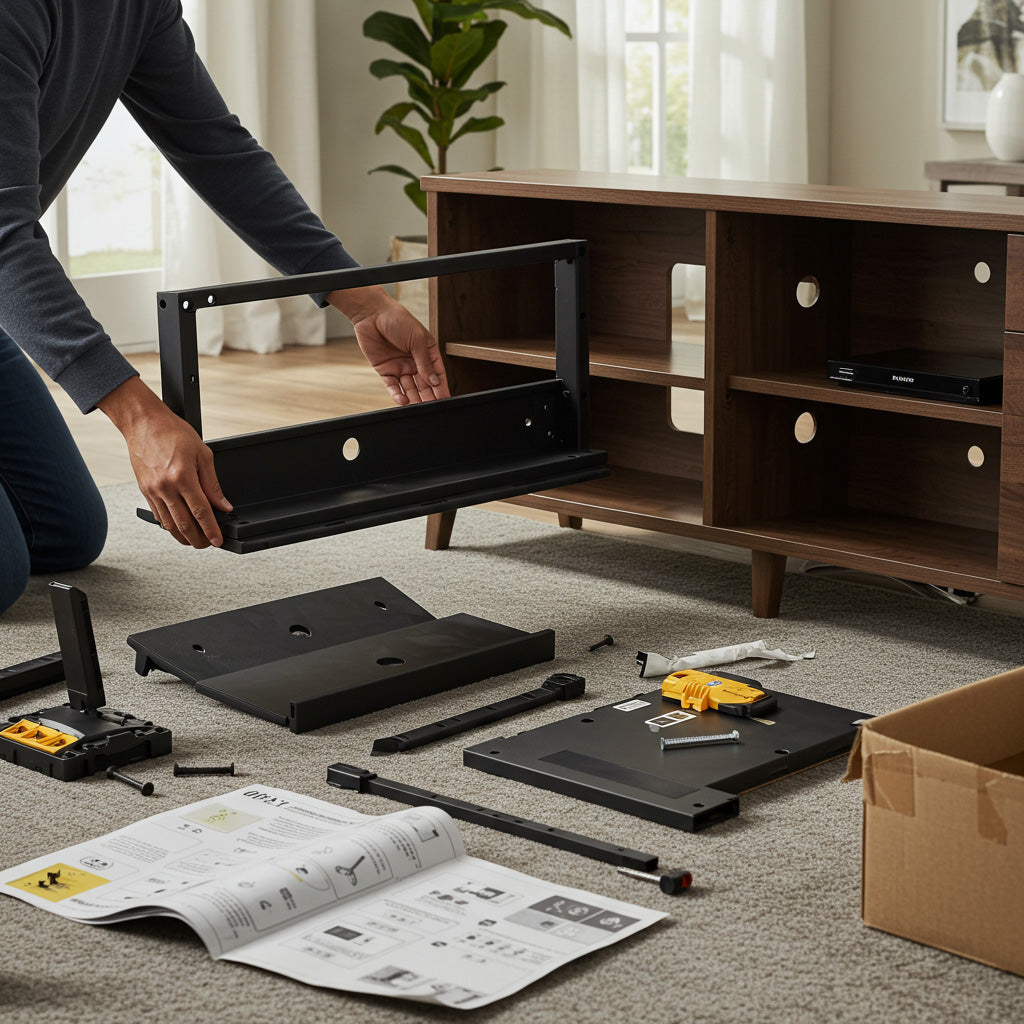
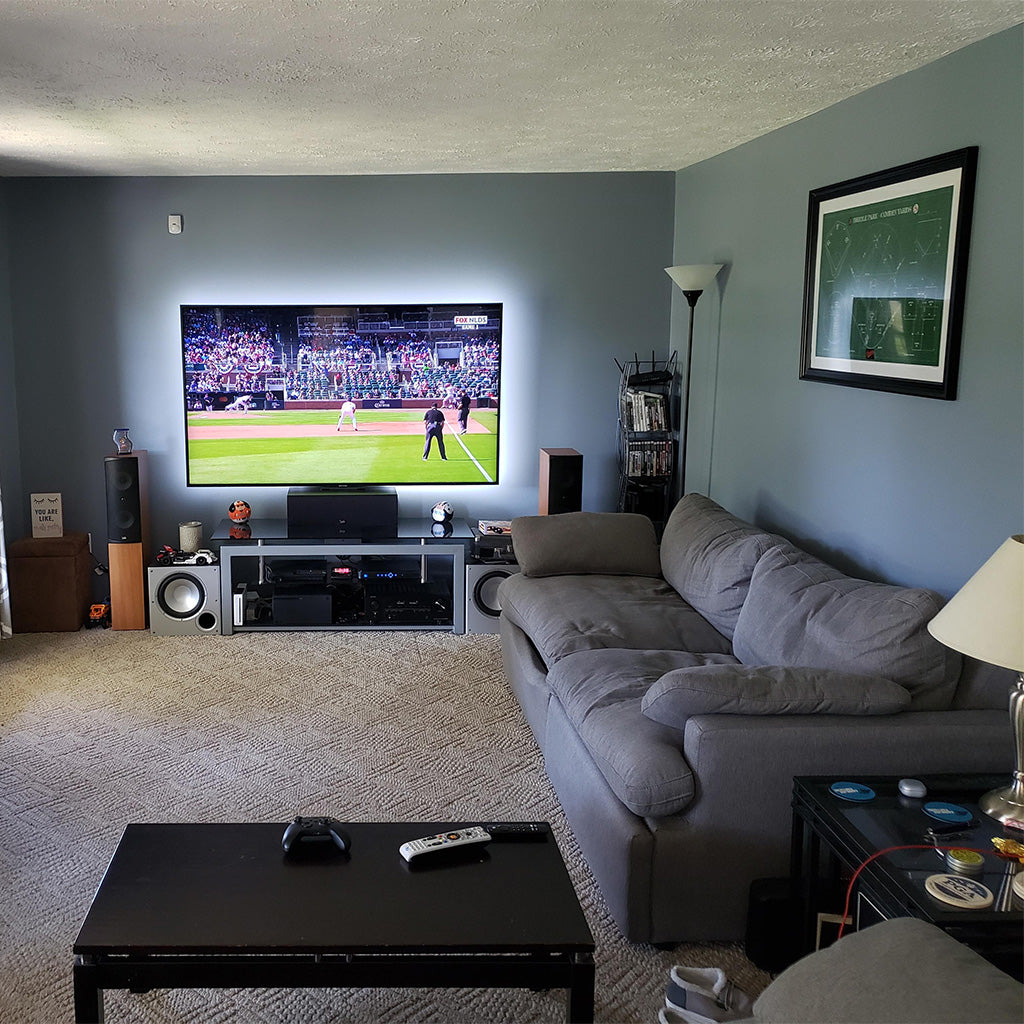
Leave a comment
This site is protected by hCaptcha and the hCaptcha Privacy Policy and Terms of Service apply.